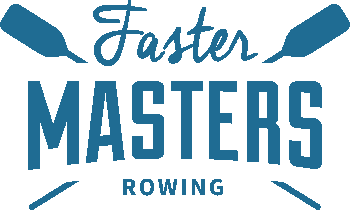When coaching masters, I often find that they over-think the coaching instructions they receive.
This can be tested by asking the athletes to “think about nothing” for ten strokes and then to take 10 strokes thinking about a technical point. Most row better when thinking about nothing!
In our debriefs after practice many tell me that it’s hard to think about two or three things at the same time – their brain races from thinking catches, to thinking pressure, to squaring early and they fail to execute any of these well.
Thinking about multiple things simultaneously is just not possible.
So how does the human brain work when you are learning a new skill?
There is a 4 stage progression which begins with Unconscious Incompetence – you don’t know how bad you are. As the athlete starts to learn they become Consciously Incompetent – they know how bad they are. Later as skill is acquired and successfully deployed, the athletes become Consciously Competent. When they think about a technical point, they can execute it skillfully. The final stage is Unconscious Competence – you can row well without thinking about it.

Coaching using the 4 stage competence model
If you are a coach reading this article, you can use this 4 stage progression to help your athletes acquire technique skills. If you are an athlete reading this article, you can use this for self-coaching.
Most of us start at the consciously incompetent stage – we know what we are trying to learn but we cannot do it well. Coaches introduce drills and exercises to isolate part of the rowing stroke to help you learn the technique. This moves you into the conscious competence stage. When doing the drill can you do it well? After the drill can you introduce it into your normal pattern of rowing? If you can do these two things you are well on the way.
The trick to moving to unconscious competence is to practice not thinking. The athlete may be working on an early square during the recovery. Can you do this movement while rowing and thinking? Then try rowing and not thinking about squaring early – don’t think about anything…. Just row. And after 10 strokes, bring your thoughts back to squaring early but don’t make a change to your technique. You have to first observe your stroke – is it squaring early or not? When you have answered that question, you can make a change if you need to square a bit earlier – or no change if you are executing skilfully. Go back to not thinking as you row. And check back how your technique is going after a few more strokes. This is how to train your brain towards unconscious competence.
Inner coaching voice
A word of warning – beware the devil on your shoulder. Most of us have an inner voice who talks to us while we row. As an adult it is very influential on your ability to learn. Children don’t have such an active inner voice and this is one of the reasons adults find it more challenging to learn a new skill.
Your inner voice has a tendency to be very critical as you learn to row; it may be saying “you’re an idiot”.
It’s really important not to listen to the voice because it gives a subjective assessment of your rowing technique. And frequently it’s a hindrance to your learning and acquiring skill.
When you review how you are rowing, try to be very clinical in your assessment of your skill. Be objective, not emotional and use logic only. Female athletes often have an overly-critical inner voice who can work them into a spiral of despondency which does not improve their technique!
And lastly it is not possible to think about multiple things simultaneously in rowing. Even the Olympians cannot do this. Experienced rowers can focus on one aspect of the stroke, add a second complementary aspect and then try to do those two things together. So even that is just one thing at a time – keeping one in the background while you think about the second and then re-introducing the first to reinforce them working together. A good example is to work on improving power in the second half of the stroke – start by activating your back swing; then add the arm draw to the back swing and lastly do them together.
And keep that inner demon voice quiet while you are rowing!
Masters Rowing Advocates
Would you like to publish this article in your club newsletter or website?
Join our Masters Rowing Advocates mailing list and we will send you one article a month. Sign up on our Advocacy page.
You can copy the text on this page. Or download the PDF



